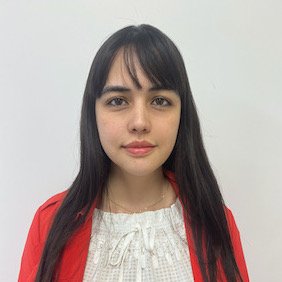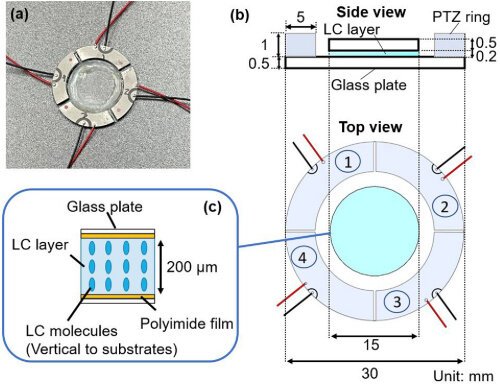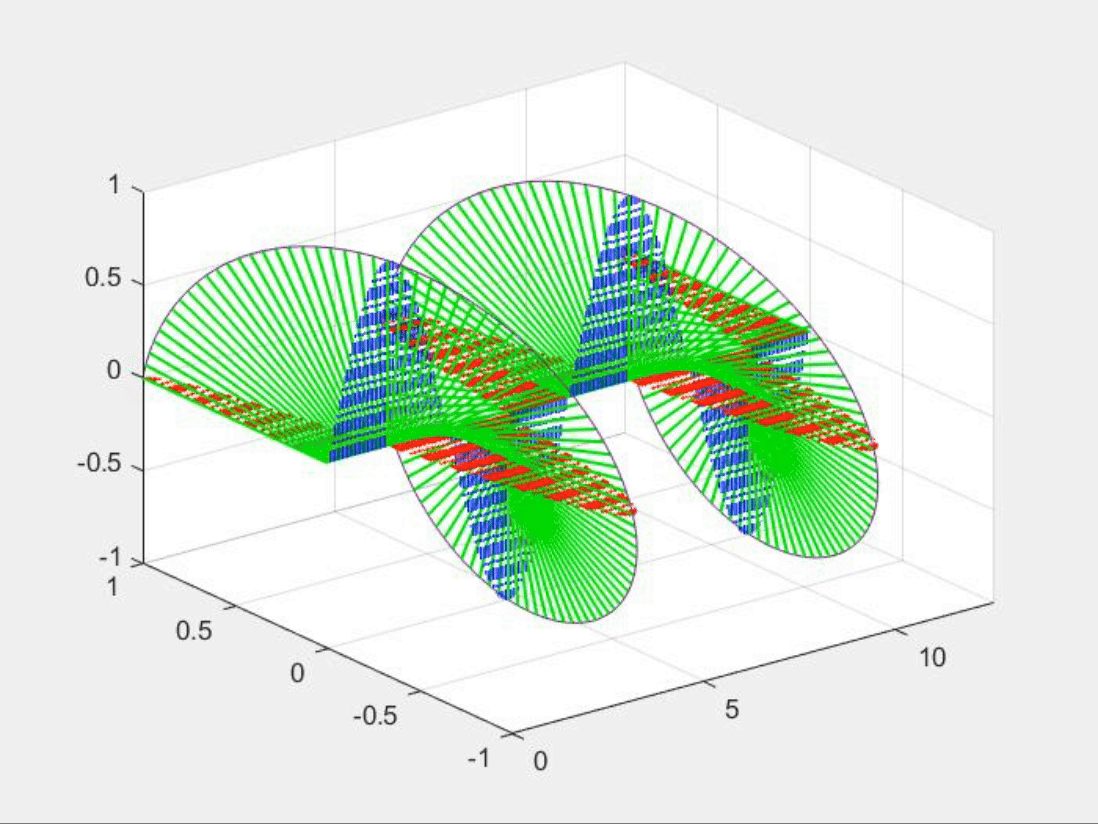
About Me
Jessica Onaka earned her B.S. in electrical engineering from the Federal University of Amapa, Brazil, in 2018, followed by an M.S. and Ph.D. in electrical and electronic engineering from Doshisha University, Japan, in 2020 and 2022, respectively. During her studies, she was honored as a recipient of the Japanese Government (MEXT) Scholarship from 2018 to 2022. Following her academic pursuits, Jessica briefly worked as an Optical Design Researcher at Huawei Technologies in Jena, Germany, before joining the Center for Optical Research and Education (CORE) at Utsunomiya University as an Assistant Professor in November 2023. Her research focuses on areas such as acousto-optics and the development of tunable materials for miniaturized devices.
Research

Ultrasonic Optical Devices
Ultrasonic optical devices have promising applications in imaging, sensing, and communication. However, challenges remain in optimizing light-sound interactions to achieve higher resolution and efficiency. Miniaturization of these devices for integration into compact systems is another key hurdle, requiring advancements in material science and fabrication techniques. Additionally, improving the stability and sensitivity of ultrasonic optical sensors in varying environmental conditions remains a research focus. Understanding nonlinear effects and wave propagation in complex media is essential for enhancing performance. Addressing these challenges demands interdisciplinary approaches, combining photonics, acoustics, and nanotechnology to unlock new possibilities for ultrasonic optical devices in scientific and industrial applications.
Polarized Light in Science and Technology
Polarized light is essential in fields like optical communication, biomedical imaging, and quantum optics, yet challenges remain in its precise control and manipulation. Factors such as scattering and birefringence affect polarization states, while miniaturizing polarization-sensitive devices for advanced technologies is an ongoing research focus. In nature, organisms like beetles and mantis shrimp use polarization for navigation and communication, posing challenges in understanding their visual processing. Additionally, accurately modeling polarization effects in complex media is crucial for imaging and material characterization. Overcoming these challenges requires interdisciplinary advances in material science, computational optics, and biomimetics to expand the applications of polarized light in science and technology.

Publications
9.
How to fix an ultrasonic variable-focus liquid crystal lens for substrate-mountable applications Yuma Kuroda, Yuki Harada, Jessica Onaka, Akira Emoto, Mami Matsukawa, Daisuke Koyama Japanese Journal of Applied Physics 2023
8.
Effects of the interlayer thickness on the optical characteristics of an ultrasound multilayered liquid crystal lens Yuma Kuroda, Takahiro Iwase, Jessica Onaka, Yuki Harada, Akira Emoto, Mami Matsukawa, Daisuke Koyama Applied Physics Express 15(12) 122004-122004 2022
